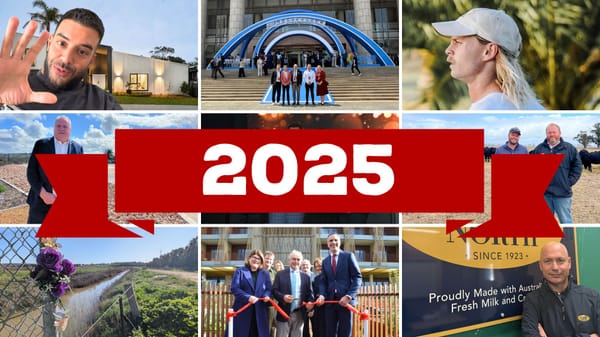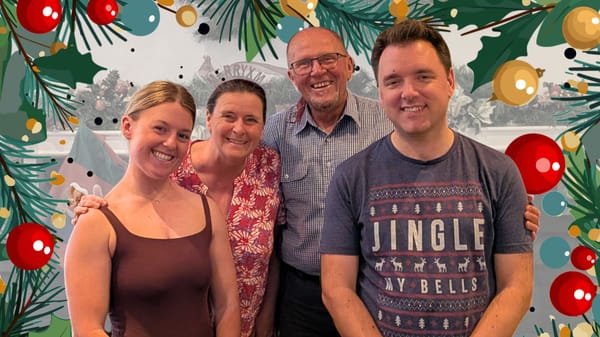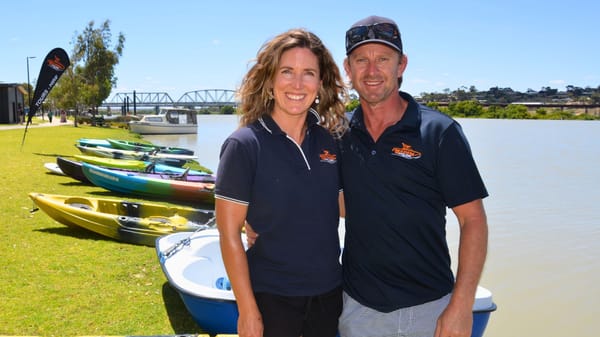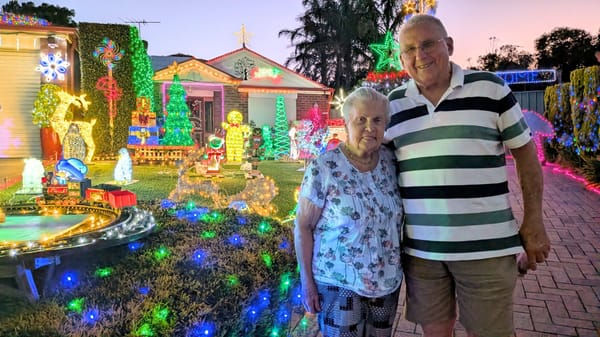Unemployment rate rises to 9.7 per cent in Murray Bridge
More than 1000 locals remain without work as a $100-per-fortnight cut to the Jobseeker benefit approaches.

This story was originally published behind Murray Bridge News’ paywall. Paywalled stories are unlocked four weeks after publication. Can’t wait that long? Subscribe here.

More than 1000 people remain unemployed in Murray Bridge, according to the latest estimates from the National Skills Commission.
The unemployment rate in the district rose to 9.7 per cent in the third quarter of 2020.
The number of people looking for work did not change significantly, but more than 300 people either retired, stopped working or left the region during the previous 12 months.
That means 1000 local households are likely to be impacted when the federal unemployment benefit, Jobseeker, is reduced by $100 per fortnight on April 1.
The federal government announced last week it would keep the payment $50 per fortnight higher than its pre-COVID level, which local advocates had criticised for being a long way below the poverty line.
Prime Minister Scott Morrison described the payment as fair and sustainable.
MP Tony Pasin pointed out that the increase – relative to the 2019 rate – was the highest permanent increase to the dole since 1986.
“As the economic recovery continues, it is vital we get the balance right in supporting unemployment Australians while at the same time incentivising them to find work,” he said.
“We know the best form of welfare is a job.”
But Shane Maddocks, chief executive officer of community agency AC Care, said an extra $3.57 per day would not be enough to keep local Jobseeker recipients from living in poverty.
“We are already seeing rent stress and the lack of affordable housing pushing people to the brink of homelessness in regional areas,” he said.
“The government must go further to ensure we have a true safety net for unemployed people that allows them to afford basic necessities to sustain a tenancy and appropriate lifestyle.
“It’s simply not good enough, and does not do enough to protect and support vulnerable people in our community or give them hope for a better future.”
Without enough money to live on, jobseekers would not be able to buy clothes suitable for job interviews or put fuel in their cars to go and see employers, he said.
The problem was exacerbated by a lack of available jobs.
Research by Anglicare Australia last year showed there were more than 100 jobseekers for every entry-level job nationally.
Mr Maddocks echoed Regional Development Australia Murraylands and Riverland chief executive Ben Fee’s call for an overhaul of the Jobactive network, to make it better at preparing people for work.





